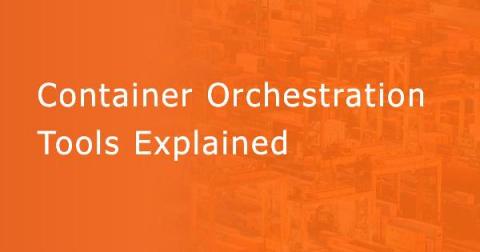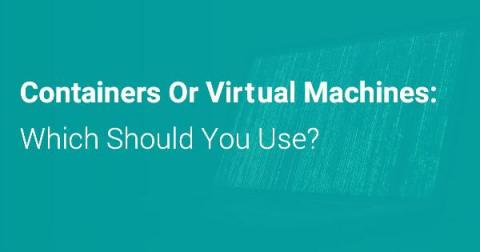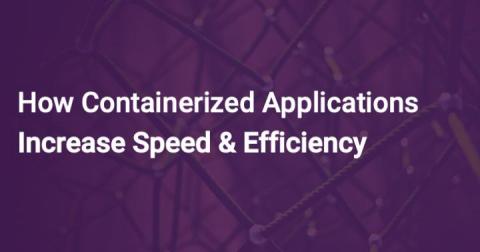Implement a Canary Release with Kong for Kubernetes and Consul
From the Kong API Gateway perspective, using Consul as its Service Discovery infrastructure is one of the most well-known and common integration use cases. With this powerful combination more flexible and advanced routing policies can be implemented to address Canary Releases, A/B testings, Blue-Green deployments, etc. totally abstracted from the Gateway standpoint without having to deal with lookup procedures.











